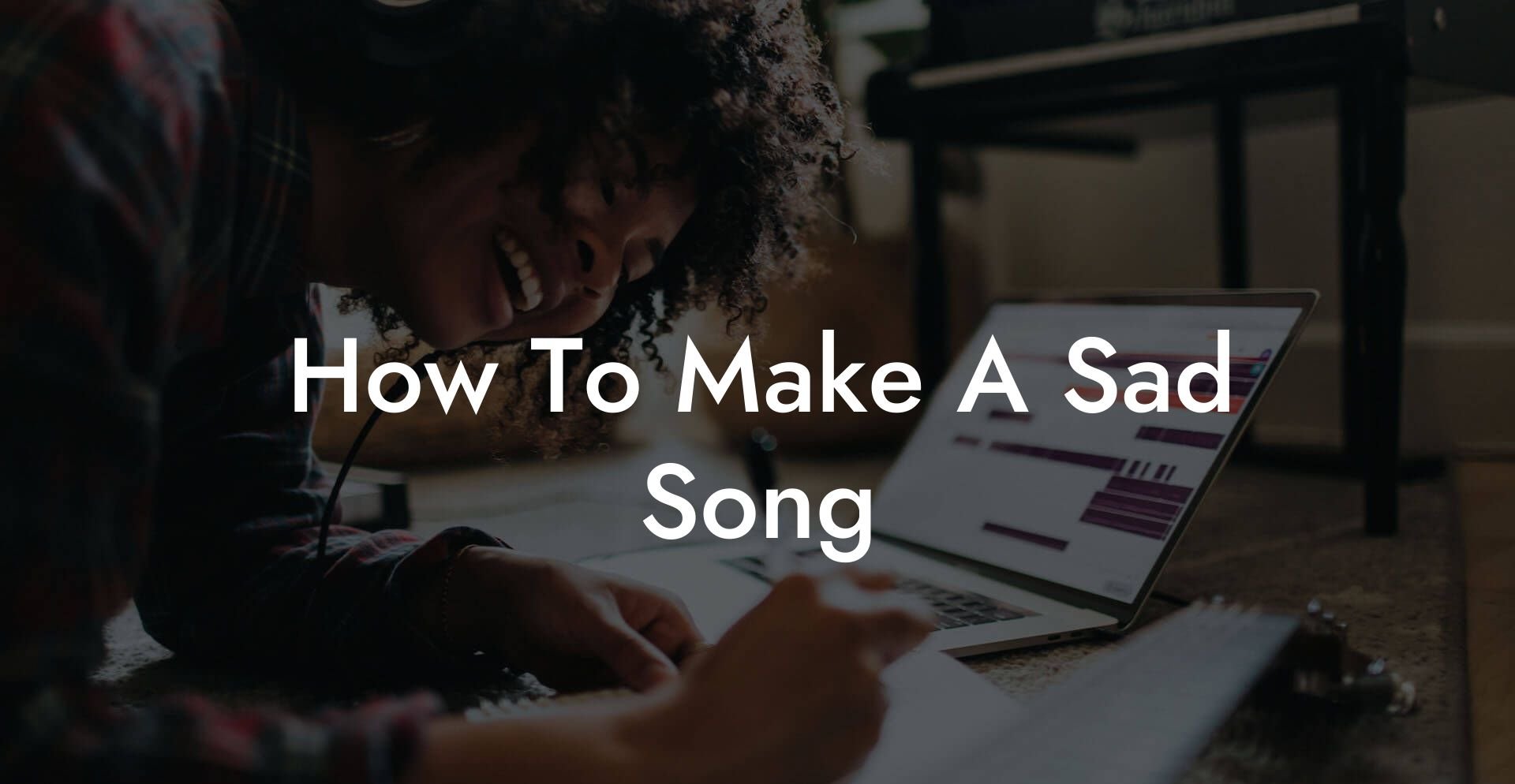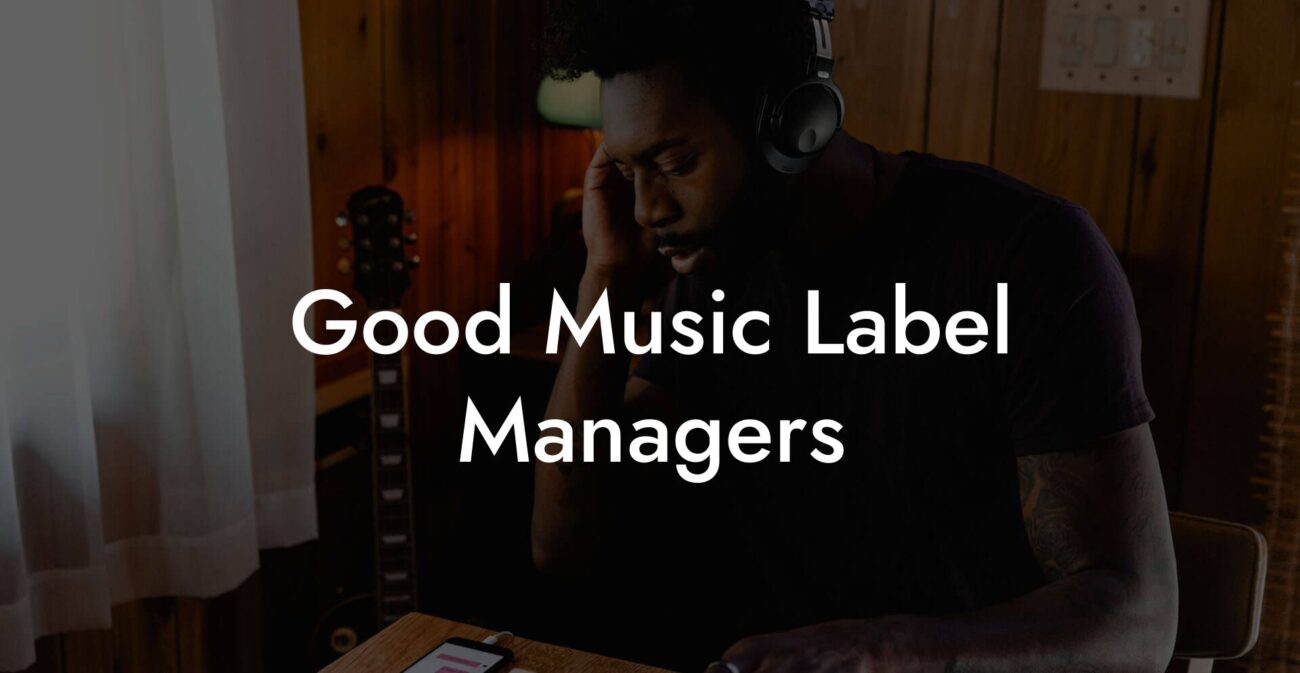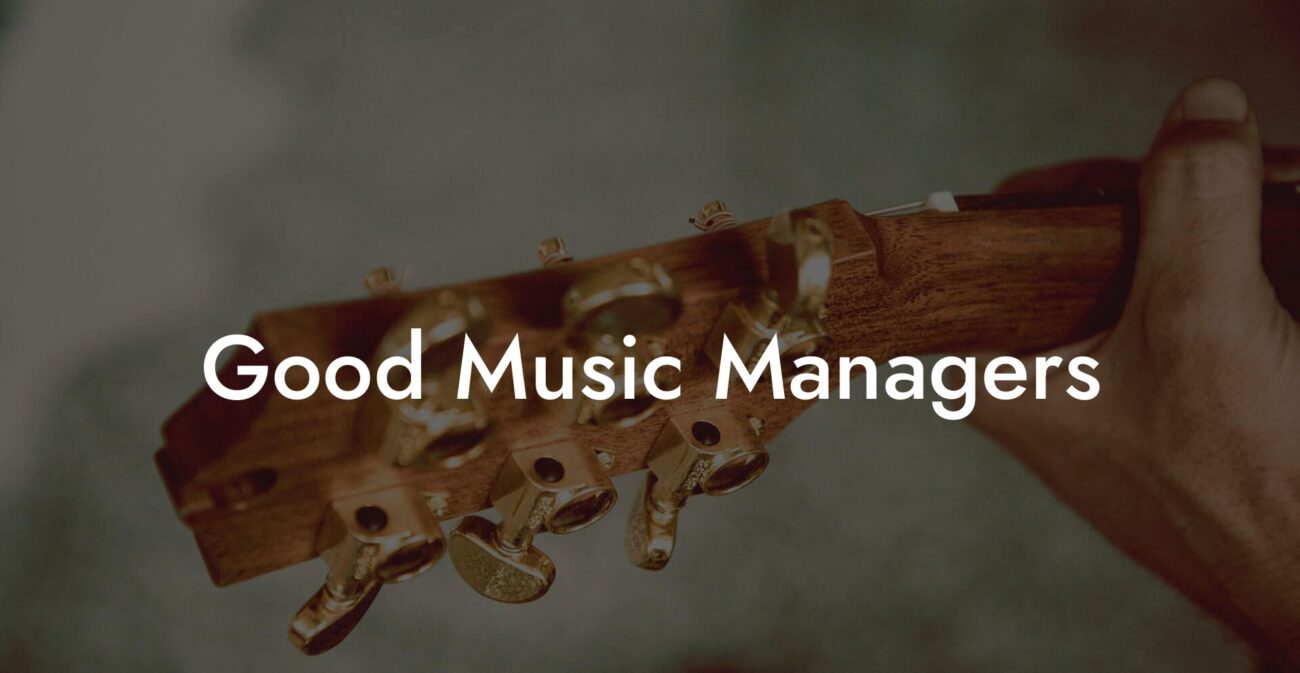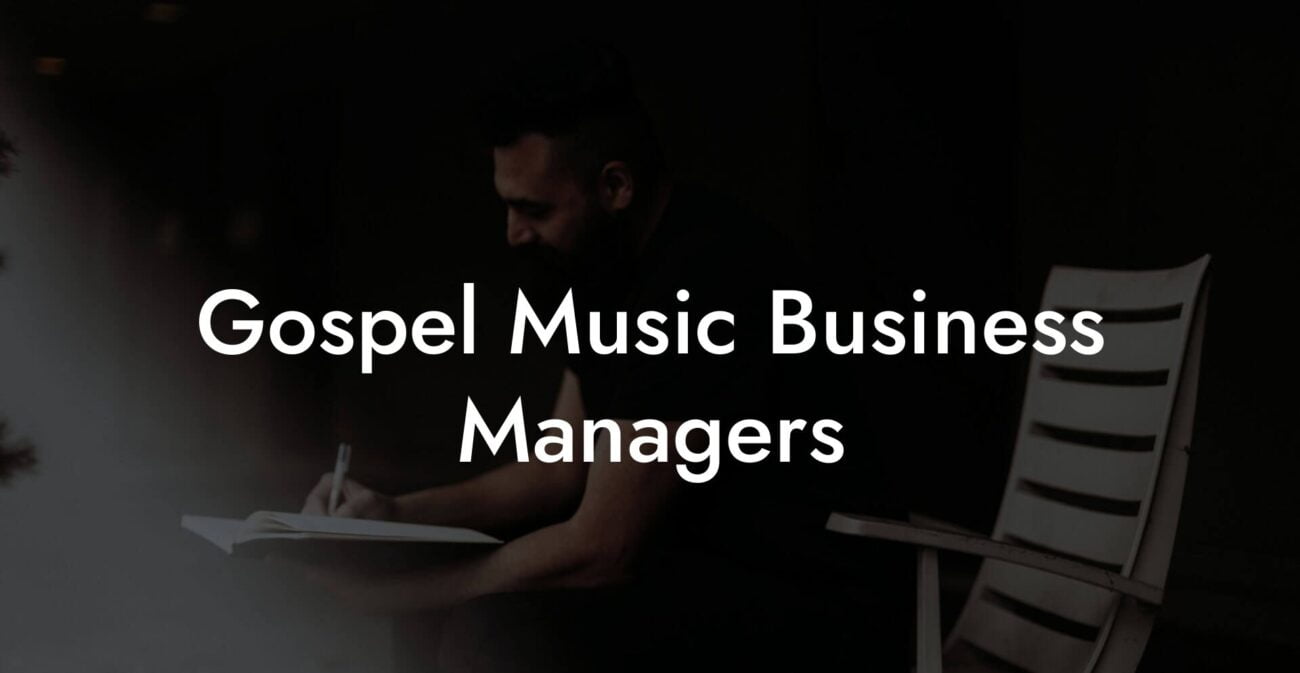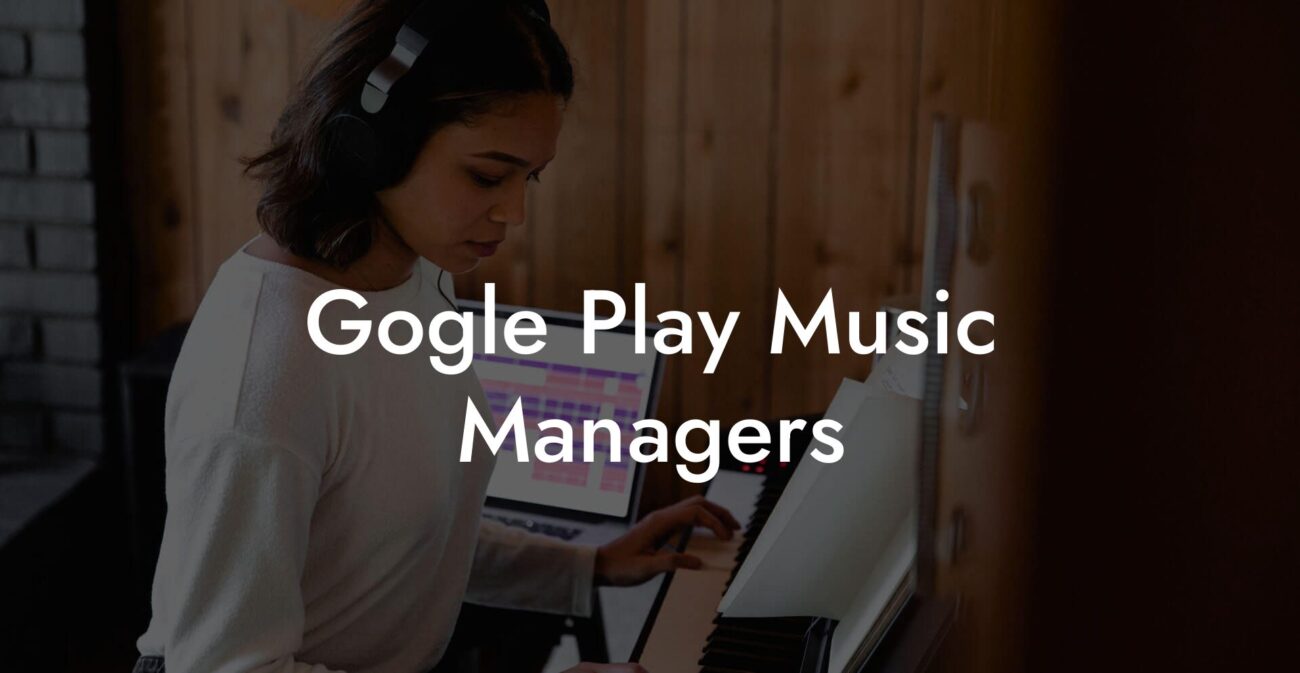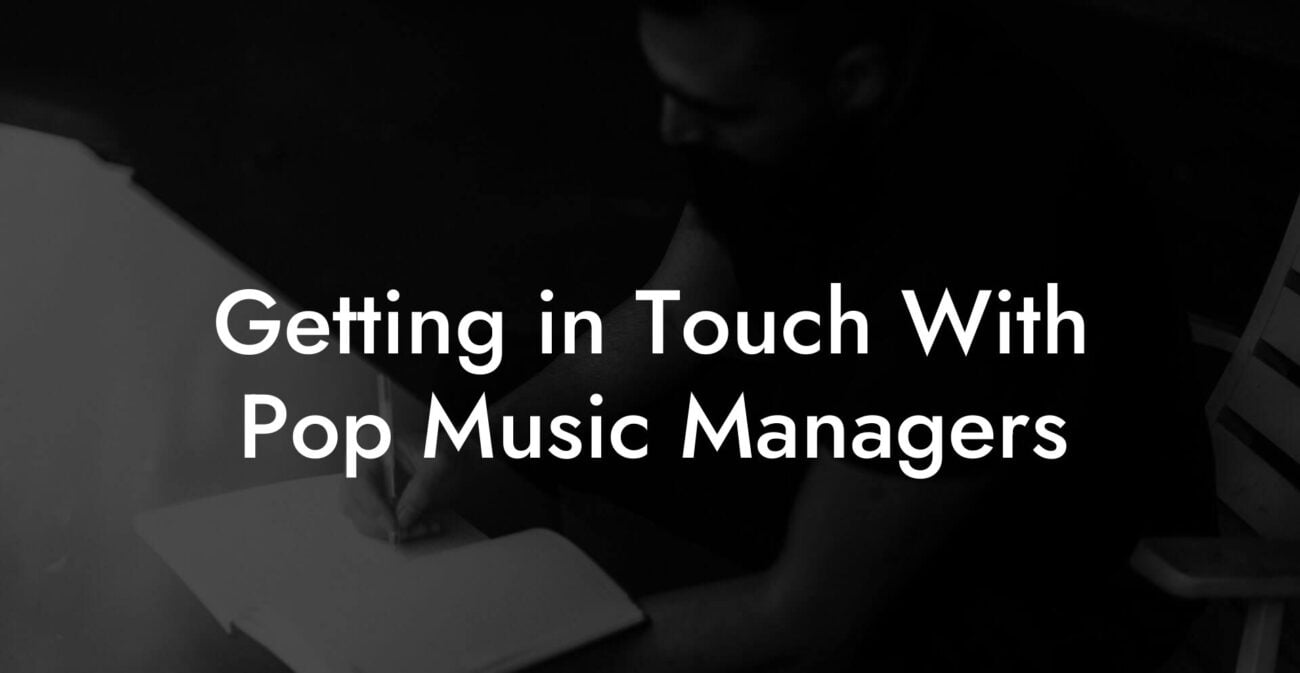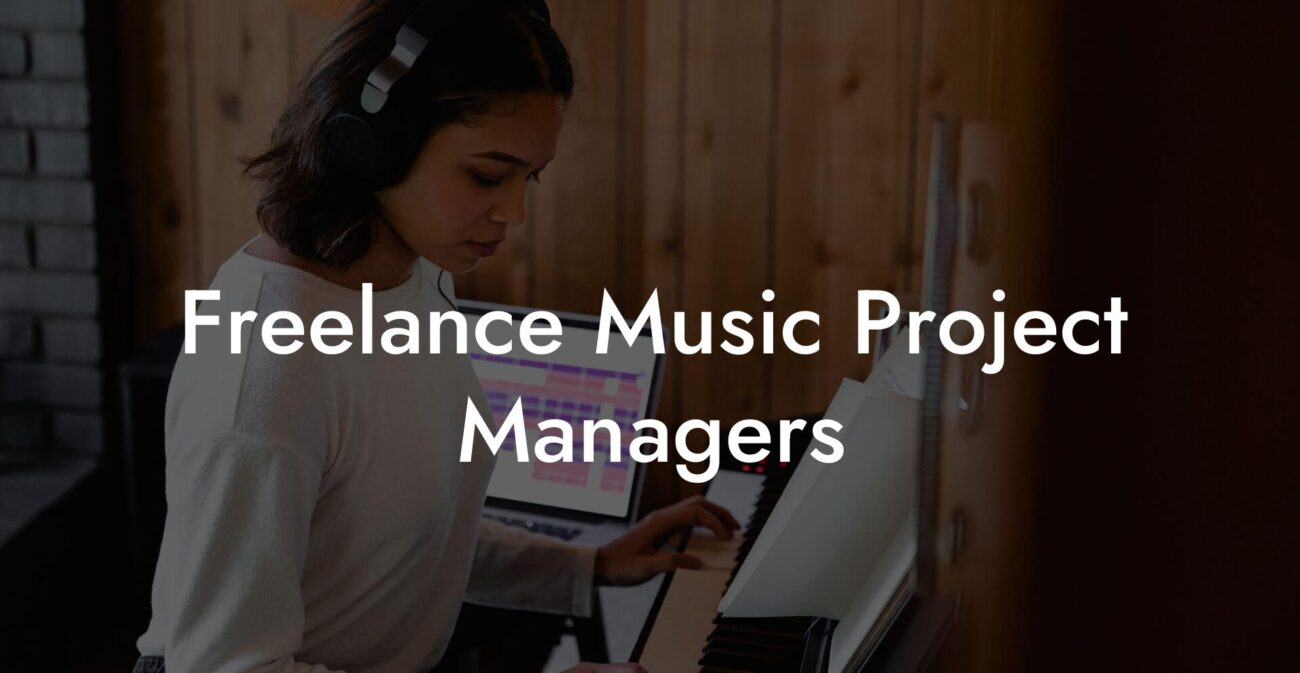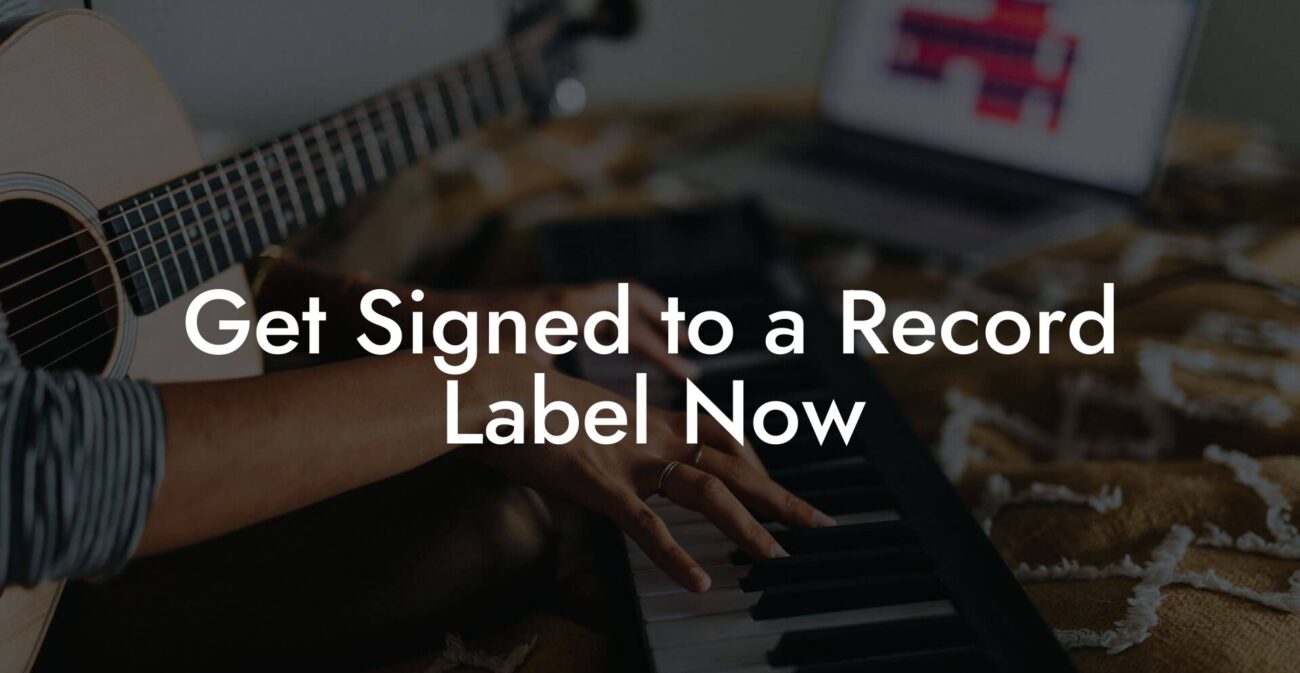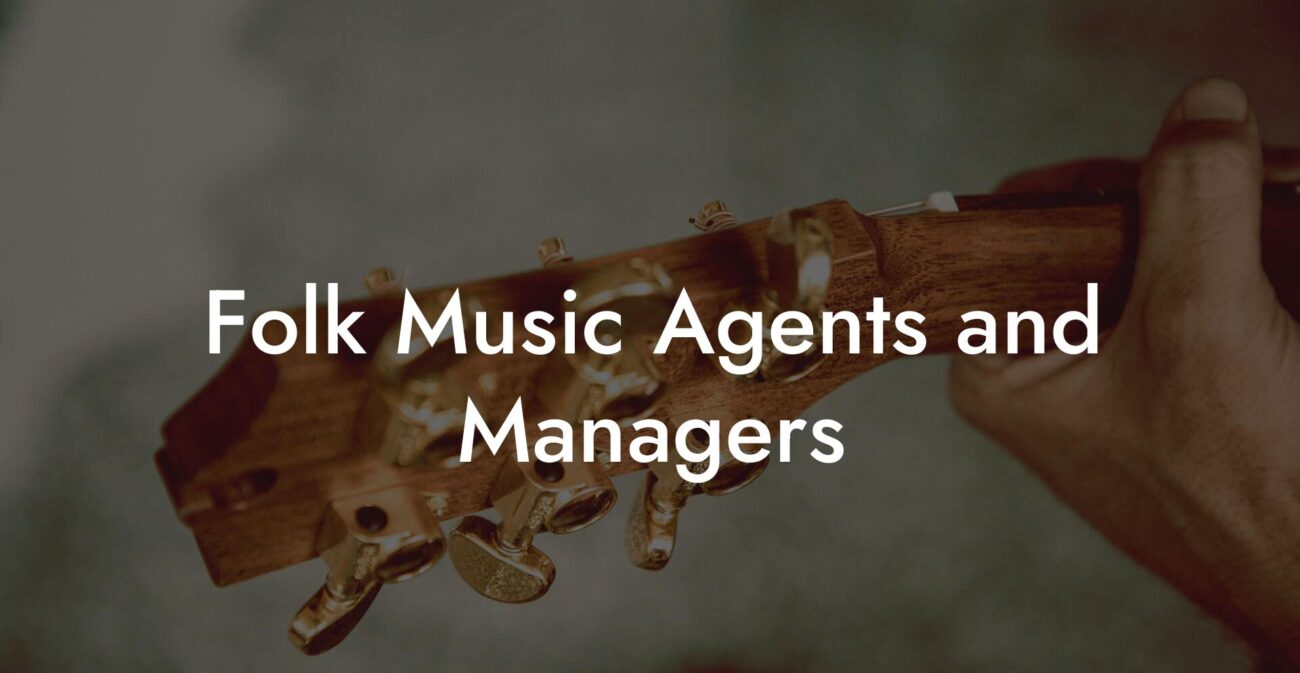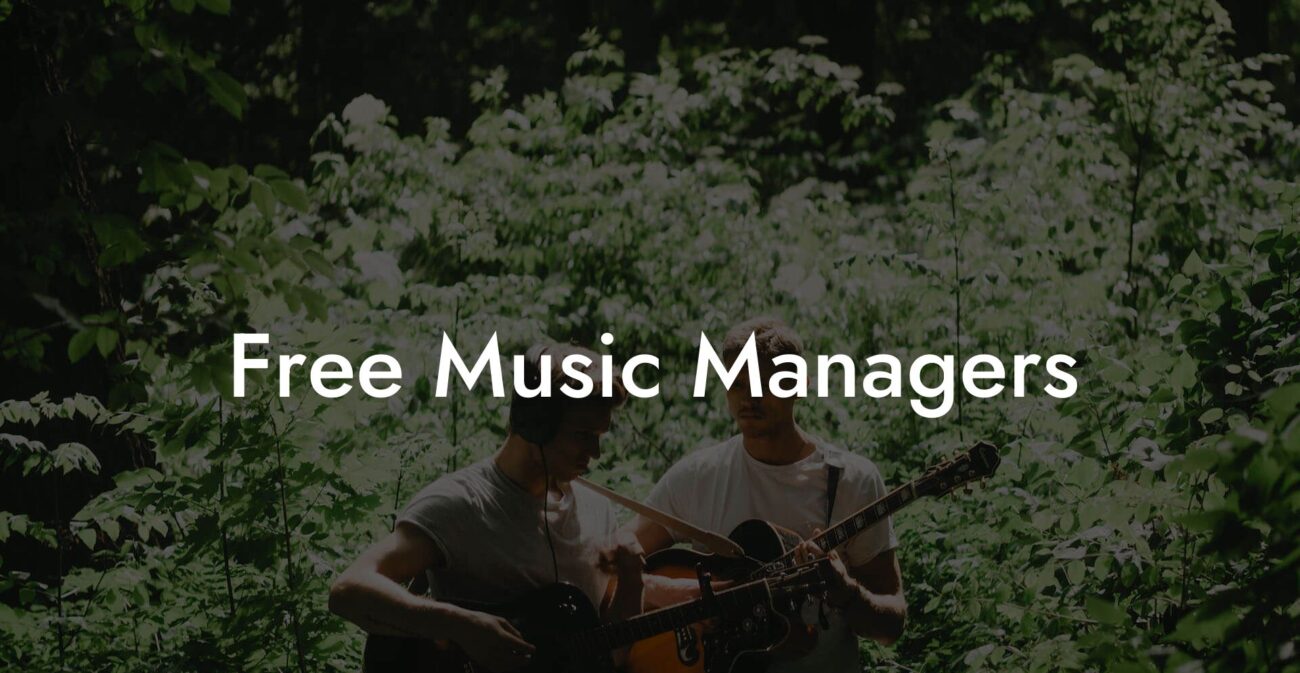Ever wondered why some songs just hit you right in the feels and leave you with a lump in your throat while others barely register on your playlist radar? Well, welcome to the bittersweet art of crafting a sad song, where heartbreak meets harmony in a cocktail of raw emotion, poignant lyrics, and haunting melodies. Whether you’re a budding songwriter trying to channel your inner Adele or a seasoned musician looking to add an extra layer of melancholy to your repertoire, prepare to dive deep into the creative process that turns sorrow into art.
Looking to write your next song? Transform your creative ideas into songs that people will love, and skyrocket your music career with Lyric Assistant. The perfect songwriting assistant. Find out more →
Quick Links to Useful Sections
- Understanding the Anatomy of a Sad Song
- The Emotional Blueprint: Elements That Make a Song Sad
- Lyrical Sorcery: Writing Words That Stir the Soul
- Compositional Craft: Setting the Melancholic Tone
- Chord Progressions That Evoke a Sense of Loss
- Melodic Lines That Whisper Your Story
- Instrumentation and Arrangement: Creating the Right Atmosphere
- Production Wizardry: Bringing Your Melancholic Masterpiece to Life
- Embracing Ambient Reverb and Echo
- Dynamic Range and Minimalist Mixing
- Subtle Use of Layers and Textures
- Channeling Emotions: Turning Heartache into Art
- Journaling and Reflection
- Finding Inspiration in Life’s Little Melancholies
- Collaboration and Feedback
- Beyond the Music: The Role of Storytelling and Visuals
- Resources and Community Support: Your Next Steps
- From Inspiration to Expression: Creating Your Own Melancholy Masterpiece
- Crafting Your Signature Sound: Tips and Tricks from the Pros
- Community Insights: Learning and Growing Together
- Your Journey to Melancholic Mastery
- Frequently Asked Questions About Creating a Sad Song
- Your Next Steps in Crafting Heartfelt, Haunting Music
Understanding the Anatomy of a Sad Song
At its core, a sad song isn’t just a random collection of minor chords and tear-soaked lyrics—it’s a carefully orchestrated emotional journey. Think of it as storytelling with sound, where every note, beat, and word is designed to evoke a profound sense of loss, nostalgia, or heartache. In this section, we’ll break down the essential elements that make a song truly sad and explore how you can harness these ingredients to tell your own emotional narrative.
One of the key components of a sad song is its harmonic structure. The use of minor keys, especially ones like A minor, D minor, or even more obscure modal scales, sets a naturally somber tone. These scales provide a rich canvas for emotional expression. But it isn’t all about the chords—rhythm, lyrics, and production techniques play a crucial role in creating the overarching mood.
You might be thinking, “Okay, so minor chords equal sad vibes?” Not exactly. It’s the subtle interplay between the musical elements that gives your piece its soul. A slow tempo, a sparse arrangement, and even intentional pauses can amplify the feeling of melancholy. In essence, a sad song is less about a checklist of musical attributes and more about how you mix these different components to evoke genuine emotion.
So, before you pick up your guitar or fire up your digital audio workstation, ask yourself: what story am I trying to tell? Is it the sorrow of lost love, the reflective pain of growing up, or the quiet desperation of feeling disconnected? Clarity on your narrative is the first step toward sculpting a song that resonates with listeners on a deep, emotional level.
Write Lyrics Like a Professional Songwriter
The ultimate songwriting tool that takes your creative vision to the next level! With just a few clicks, you can unleash your inner songwriter and craft a hit that's uniquely yours. Your song. You own it.
The Emotional Blueprint: Elements That Make a Song Sad
Emotion is the driving force behind every memorable song, and when it comes to sadness, the stakes are even higher. To create a track that really tugs at those heartstrings, you need to consider several key factors:
- Melodic Minor Scales: These provide that unmistakable air of melancholy. Experimenting with different minor keys can give your composition its unique flavor of sorrow.
- Slow Tempos: A slower pace gives each emotion space to breathe. It allows listeners to savor the mood and feel every note.
- Dynamic Lyrical Content: Your words should capture the essence of loss, longing, or regret. Think about metaphors, symbolic imagery, and evocative phrases that paint a vivid picture.
- Subdued Instrumentation: Minimalistic arrangements can be more powerful than cluttered soundscapes. A lone piano, a softly weeping violin, or a barely-there guitar riff can often speak louder than a full band.
- Silence and Space: Strategic pauses and moments of quiet can heighten the impact of your key musical phrases, allowing the emotion to settle in and resonate with the listener.
Balancing these elements requires both precision and intuition. While there might be technical guidelines to follow, ultimately, the success of a sad song lies in how authentically it mirrors the complexities of human emotion. This is where your personal experiences come into play—draw from the well of your own heartache, and let that raw energy shape your melody and lyrics.
Lyrical Sorcery: Writing Words That Stir the Soul
Lyrics are the narrative backbone of any song, and when you’re aiming for a sad song, your words need to do more than just narrate—they need to evoke deep emotion, resonate on a personal level, and sometimes even leave a little room for ambiguity. After all, the best sad songs invite multiple interpretations, making each listen a personal experience.
To craft lyrics that truly hit home, consider these tips:
- Use Vivid Imagery: Describe scenes, settings, or moments that conjure powerful visuals. Whether it’s the image of a rainy street, wilting flowers, or a lone figure staring out a window, imagery makes the abstract tangible.
- Be Authentic: Don’t shy away from vulnerability. Authenticity in your lyrics can create a deep connection with your audience, who will sense that you’re not just putting on an act.
- Employ Metaphor and Simile: Creative comparisons can elevate your lyrics. Instead of saying “I feel sad,” try something like “My heart feels like a deflated balloon, lost and lifeless in the drizzle of my thoughts.”
- Keep It Simple: Sometimes, less is more. A few well-chosen words can communicate a world of emotion without needing a convoluted narrative.
- Reflect on Universal Themes: Love, loss, regret, and melancholy—these are emotions we all experience. Tapping into universal themes ensures your song resonates with a broad audience.
Writing sad lyrics isn’t about crafting clichés—it’s about capturing a truth. Look back at the greats like Bon Iver, Phoebe Bridgers, or even older legends like Leonard Cohen. Notice how their words weave personal pain with universally relatable experiences, creating an atmosphere that is both intimate and expansive.
As you pen your verses, remember that the best lyrics often come when you’re not trying too hard. Sometimes, letting your feelings flow naturally can produce the most heartfelt lines. So find a quiet space, maybe pour yourself a cup of tea, and just let the emotions guide your pen.
Compositional Craft: Setting the Melancholic Tone
Now that your lyrics are on point, it’s time to think about the musical composition—a crucial layer that transforms your words into a full-blown sensory experience. Crafting a sad song isn’t just about using minor chords; it’s about creating an entire sonic atmosphere that matches the mood of your lyrics.
Here are some core musical elements to consider when composing your sorrowful masterpiece:
Chord Progressions That Evoke a Sense of Loss
Certain chord progressions inherently carry a sense of melancholy. For example, the classic i-VI-III-VII progression in a minor key provides a cyclical feeling of longing and unresolved tension. Experiment with inversions and substitutions to find that perfect sequence that mirrors your internal state.
Don’t be afraid to add a bit of dissonance now and then—a few off-key notes or unexpected shifts can capture the unpredictability of human emotions. Just like life, a sad song isn’t perfectly linear; it’s filled with unexpected turns that keep listeners engaged and emotionally invested.
Melodic Lines That Whisper Your Story
A haunting melody can work wonders in reinforcing your song’s mood. When devising your melody, consider the following:
- Interval Choices: Certain intervals, like the minor third or diminished fifth, naturally lend themselves to a more somber sound.
- Melodic Contour: Let your melody ebb and flow, mimicking the ups and downs of an emotional journey. This can mean rising crescendos followed by quiet, reflective passages.
- Repetition and Variation: While repeating a melody can create a hypnotic or reflective quality, adding small variations keeps it interesting and dynamic.
A well-crafted melody not only supports your lyrics but also transforms them, adding an extra layer of emotional resonance. It’s the audible expression of your inner narrative—a piece of music that stays with your audience long after the song ends.
Instrumentation and Arrangement: Creating the Right Atmosphere
The choice of instruments plays a significant role in the overall sound of your sad song. Here are some options to consider:
- Piano: The piano’s timbre is particularly suited to evoking introspection and vulnerability. A soft, melancholic piano riff can set the perfect stage for your song.
- Acoustic Guitar: The warm, resonant sound of a guitar can bring intimacy and a touch of raw emotion to your composition.
- Strings: Violins, cellos, and even a subtly used string section can add lush, sweeping emotion to your track, lifting it from simple to cinematic.
- Synths and Ambient Effects: Layering ambient synth pads or subtle sound effects can enhance the space and depth of your arrangement, creating an ethereal backdrop that complements the lyrics.
The key here is to ensure that the arrangement doesn’t overwhelm the emotional core of the song. Think of each instrument as a color on your palette—used sparingly and deliberately, they add texture and nuance, allowing the central emotion to shine through.
In the realm of composition, there’s always an exciting interplay between technical precision and creative spontaneity. So, get experimental with layering, panning, and even the occasional accidental dissonance—the imperfections can sometimes bring out the most genuine moments of beauty in your music.
Production Wizardry: Bringing Your Melancholic Masterpiece to Life
Your song might be bursting with soulful lyrics and haunting melodies, but without the right production techniques, it could easily get lost in the noise of today’s overproduced tracks. Production is where your creative vision is polished and transformed into a captivating audio experience.
Here are some production tips and techniques to ensure your sad song resonates with your audience:
Embracing Ambient Reverb and Echo
Reverb and echo are more than just bells and whistles—they’re instrumental in creating a sense of space and time. A little reverb on your vocals or instruments can lend an air of isolation, as if each note were echoing in an empty room. It’s like the sonic equivalent of a solitary night walk through deserted city streets.
Dynamic Range and Minimalist Mixing
Avoid the trap of loudness wars by embracing a wide dynamic range. Let your song breathe with quiet, contemplative moments juxtaposed against more intense, emotion-charged crescendos. This dynamic range can amplify the visceral impact of your track and provide a more authentic listening experience.
Minimalist mixing isn’t about stripping away the elements—it’s about highlighting the ones that matter. Focus on clarity and space so that each instrument, each word, and each fleeting pause can communicate its full emotional weight.
Subtle Use of Layers and Textures
Layering isn’t just for pop anthems; sometimes, a subtle undercurrent of sound can enhance the mood without stealing the spotlight. Consider using background textures like faint field recordings, soft synth pads, or even the gentle croon of a distant guitar to add depth and emotional gravity.
The goal is to create a sonic environment that envelops the listener, drawing them into the very essence of the song. Let every production choice serve the central theme of melancholic beauty.
Channeling Emotions: Turning Heartache into Art
It might seem paradoxical, but creating a truly sad song requires you to tap into and channel your own moments of vulnerability and heartache. Embracing the emotional chaos inside you isn’t just cathartic—it’s the secret ingredient that gives your music its authenticity.
Here are some strategies to help you harness your personal experiences and translate them into a song that is both raw and relatable:
Journaling and Reflection
Start by putting pen to paper. Journaling your feelings can help untangle the knots of your emotions, making it easier to identify the stories you want to tell. Write about the moments that left you breathless, the heartbreaks that still sting, and the small glimmers of hope that keep you going.
Finding Inspiration in Life’s Little Melancholies
Sometimes, inspiration is hidden in everyday moments—a rainy day that mirrors your inner gloom, a lower-than-usual sunset, or even the quiet hum of a distant cityscape at night. Allow yourself to observe these subtleties and let them influence your music. There’s beauty in the melancholy, and sometimes, the smallest details can evoke the deepest emotions in your listeners.
Collaboration and Feedback
Don’t underestimate the power of collaboration. Sharing your work with fellow musicians, songwriters, or even trusted friends can provide fresh insights and help refine your ideas. Constructive feedback is a key tool in the creative process—it can help you see the parts of your music that are already resonating and those that need a little extra tweaking.
Remember, the journey of creating a sad song is as emotional as the finished product. Embrace the process, let your vulnerabilities flow, and channel those feelings into something that not only moves you but also has the potential to touch the hearts of others.
Beyond the Music: The Role of Storytelling and Visuals
In today’s multimedia world, your song’s emotional impact can be further amplified when paired with compelling visuals and storytelling elements. From lyric videos to evocative album art, every additional creative layer contributes to the overall mood.
When planning your visuals, consider these creative ideas:
- Cinematic Lyric Videos: A beautifully animated or shot lyric video can enhance the connection between your lyrics and your audience, allowing them to live the story as the words unfold.
- Minimalist Artwork: Simple, moody designs can capture the essence of your song without overpowering it. Think abstract shapes, muted colors, and imagery that conveys a sense of longing.
- Narrative Storytelling: Whether through a short film, a series of photos, or even social media snippets, telling the story behind your song can provide context and deepen the listener’s emotional engagement.
- Live Performances: A live performance, even if it’s filmed for social media, can add an authentic dimension to your music, showcasing the raw emotion behind every note and lyric.
The fusion of strong storytelling and captivating visuals can transform your song from a solitary listen into a fully immersive experience, making the emotions more palpable and the narrative unforgettable.
Resources and Community Support: Your Next Steps
No creative journey is undertaken alone. The world of songwriting is vast, and there’s a wealth of resources, communities, and tools available to help you refine your craft and connect with fellow musicians who share your passion for emotional expression.
- Online Songwriting Communities: Platforms like Reddit’s r/Songwriting, Facebook groups, and dedicated songwriting forums are amazing places to exchange ideas, gather feedback, and even collaborate on projects.
- Lyric Assistant Tools: Leverage innovative tools designed to streamline your creative process—like Lyric Assistant, which helps you generate ideas, refine your lyrics, and overcome writer’s block effortlessly.
- Workshops and Webinars: From virtual songwriting workshops to local meetups, continuing your education in the craft of songwriting can unlock new perspectives and techniques.
- Mentorship and Peer Reviews: Don’t be afraid to reach out to more experienced songwriters for mentorship. Constructive criticism from peers can be invaluable in honing your style and ensuring your message hits its mark.
- Music Production Tutorials: YouTube channels, online courses, and blogs dedicated to music production can offer insights into mixing, mastering, and refining the sonic qualities that make your song truly evocative.
As you gather these resources and engage with the community, remember that every piece of advice, every shared experience, and every collaborative moment brings you one step closer to mastering the art of creating a sad song that not only stands out but resonates from the depths of the human experience.
From Inspiration to Expression: Creating Your Own Melancholy Masterpiece
Now that you’ve dissected the elements of crafting a heart-wrenching tune—from the harmonic subtleties to the raw, unfiltered lyrical introspection—it’s time to take the plunge. The journey from inspiration to expression is rarely linear; it’s filled with moments of self-doubt, creative breakthroughs, and countless revisions. But each step is a vital part of the process.
Start by experimenting with different chord progressions. Don’t be afraid to break the rules—sometimes the most memorable songs are born from happy accidents and unexpected discoveries. Layer your ideas with the emotion of a slow, reverberating melody, and let your lyrics flow as naturally as the tears on a rainy day.
Remember, every great sad song is a mirror of personal experience, a testament to the resilience of the human spirit even in the face of sorrow. Embrace your vulnerability as a strength, and let it guide you to create a piece that is both beautifully melancholic and starkly honest.
Crafting Your Signature Sound: Tips and Tricks from the Pros
Every songwriter has their little secret—a handy trick or perspective that transforms an ordinary song into something extraordinary. Here are some pro tips to take your sad song writing to the next level:
- Experiment with Tempo Changes: Sometimes, shifting the pace mid-song can mimic the unpredictability of emotions. Consider slowing down for a verse, then picking up the pace slightly for the chorus as a symbolic representation of emotional turbulence.
- Play with Instrumental Textures: Introducing unexpected layers—like a gentle synth or a delicate harp—can add an ethereal quality to your music that lingers long after the song is over.
- Vocal Dynamics: Experiment with different vocal styles. A whispery verse can convey fragility, while a more robust chorus might capture the overwhelming surge of feelings. Layering vocal harmonies can also enhance the emotional impact.
- Keep a Recording Journal: Whenever inspiration strikes, whether it’s in the middle of the night or during a mundane commute, record your ideas. Even if they seem rough at first, they can be the seeds of your next great hit.
- Don’t Overproduce: Sometimes, less is more. Allow some imperfections and rawness to shine through—they remind listeners that the song is real, unfiltered, and intimately personal.
Integrating these techniques can help you develop a signature sound that not only encapsulates your unique style but also ensures your sad song leaves an indelible mark on your audience.
Community Insights: Learning and Growing Together
The world of music is fueled by collaboration, shared experiences, and the continual exchange of ideas. As you embark on your songwriting journey, engaging with communities can provide vital support and inspiration. Whether you’re attending virtual workshops or collaborating with fellow musicians, every interaction helps you refine your craft and discover new perspectives.
Platforms like Lyric Assistant are dedicated to helping musicians like you transform those raw emotions into compelling lyrics, streamlining your creative process so you can focus on what matters most: making music that moves people. The beauty of community is that while each journey is uniquely personal, our shared experiences of heartache, hope, and resilience unite us as creators.
So, keep experimenting, keep collaborating, and most importantly, keep writing. Your next melancholic masterpiece is just waiting to be born.
Your Journey to Melancholic Mastery
As you stand on the brink of your next creative endeavor, remember that every note you write and every chord you strum is an extension of your inner world. The process of making a sad song is as much about self-discovery as it is about crafting a piece of art. Embrace the vulnerability, the late-night sessions, and the bittersweet moments that remind you of what it means to feel deeply.
Your journey may be fraught with challenges, but each hurdle overcome is a step toward mastering the art of emotional storytelling. Whether you’re writing to heal, to remember, or to simply express yourself, trust in your voice and let your creativity shine through every verse and chorus.
The world is waiting for your story—raw, honest, and beautifully sad. So pick up your instrument, open your heart, and let the music carry you through the storm.
Frequently Asked Questions About Creating a Sad Song
Here’s a collection of common questions that songwriters often ask when venturing into the melancholic realm. These answers address doubts ranging from technical details to creative inspiration.
1. What are the key musical elements that typically make a song sound sad?
Using minor scales, slow tempos, minimalistic arrangements, and deliberate pauses can help create a somber mood. Additionally, thoughtful use of dissonance and sparse instrumentation enhances the emotional depth of your song.
2. How can I write lyrics that effectively convey sadness without sounding cliché?
Focus on authentic, personal storytelling. Use vivid imagery, metaphor, and simple language that conveys depth without overcomplicating the message. Draw from your own experiences to infuse your words with sincerity.
3. Are there specific chord progressions known for evoking melancholy?
Yes, progressions like i-VI-III-VII in a minor key are popular choices. Experimenting with inversions or adding unexpected dissonant notes can also add a unique layer of emotion to your music.
4. What production techniques can enhance the emotional impact of a sad song?
Reverb and echo can create a sense of space and isolation, while a dynamic range in mixing allows for moments of introspection. Minimalistic layering and careful attention to instrumental textures can also amplify the poignancy of your song.
5. How do I overcome writer’s block when trying to write a sad song?
Try journaling your feelings, listen to other artists who inspire you, or use songwriting tools like Lyric Assistant to generate ideas. Sometimes stepping away for a bit and returning with fresh ears helps unlock new perspectives.
6. Can collaborating with others help enhance the quality of my sad song?
Absolutely. Sharing ideas, gathering feedback, and co-writing with other musicians can lead to unexpected creative breakthroughs and help refine your work.
7. How important are visuals when releasing a sad song?
Very important. Complementary visuals such as lyric videos, minimalist artwork, or cinematic short films can deepen the listener’s emotional connection and bring your song’s narrative to life.
8. What role does personal experience play in writing a sad song?
Personal experience is often the most authentic source of inspiration. The raw emotions you live through will resonate with listeners if expressed honestly and thoughtfully.
9. How can I ensure my production remains authentic and not overly processed?
Focus on preserving the natural dynamics of your performance and avoid over-editing. Sometimes slight imperfections can contribute to the authenticity and emotional impact of your song.
10. Is it possible to write a sad song that still leaves room for hope?
Definitely. Many timeless tracks blend melancholy with glimmers of hope, reminding listeners that even in sorrow, there’s beauty and a chance for renewal.
Your Next Steps in Crafting Heartfelt, Haunting Music
You’ve now journeyed through the essentials of what makes a song truly sad—from its harmonic framework and haunting lyrics to the unique production techniques that give it shape. With this guide in your back pocket, your creative toolkit is brimming with ideas and strategies to transform raw emotion into a musical masterpiece.
Remember, the path to writing a sad song isn’t a rigid formula—it’s a canvas for your innermost feelings. Embrace experimentation and let your authentic experiences guide your creative process. Every tear, every fleeting moment of melancholy, is a potential spark for a lyric or a chord progression that speaks to the soul.
Whether you’re just starting out or you’re an experienced musician looking to refine your sad song writing craft, the key is to stay true to your emotions and keep pushing the boundaries of your creativity. With time, you’ll find that your unique blend of vulnerability and musical prowess creates an irresistible magnetism that draws listeners in and leaves a lasting impression.
Now go ahead—pick up your instrument, fire up your lyric assistant tools, and start composing the next piece of heart-wrenching art. The stage is set, and your journey to crafting a deeply melancholic masterpiece begins now.
Write Lyrics Like a Professional Songwriter
The ultimate songwriting tool that takes your creative vision to the next level! With just a few clicks, you can unleash your inner songwriter and craft a hit that's uniquely yours. Your song. You own it.

